Advancing Antibiotic Discovery
The value of sharing information
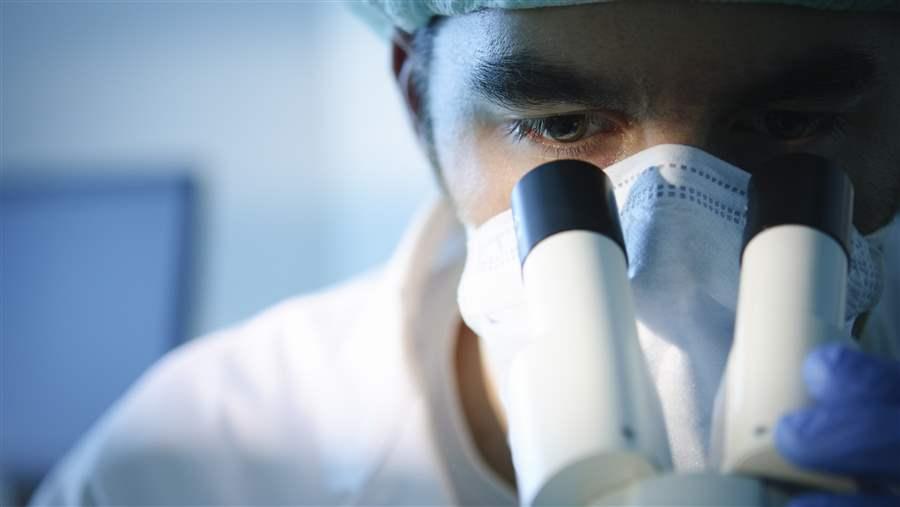
The ASM and Pew look forward to working with key stakeholders to identify the next steps for creating a collaborative space to share information and spur antibiotic innovation.
© iStockphoto
The number and variety of antibiotics in development today are inadequate to meet current and anticipated patient needs. Over the past few months, the rapidly evolving threat posed by this innovation gap has garnered increased global attention, including an unprecedented United Nations meeting at which world leaders highlighted the urgent need to spur innovation of new types of antibiotics that can defeat increasingly drug-resistant bacteria.
In June 2016, The Pew Charitable Trusts, Wellcome, and the American Society for Microbiology (ASM) convened experts to discuss the state of antibiotic research and development and what can be done to jump-start new discoveries. One of the key topics we explored was the need to improve information sharing across the scientific community to stimulate innovation.
Information gaps impede antibiotic discovery
Successful antibiotic discovery requires integration of research across industry, academia, and government. However, because there are not many ways to share information across sectors, invaluable knowledge and expertise are being lost.
“Brain drain” is a major problem. As industry teams have downsized or shuttered in recent years, researchers have been forced to shift to other biomedical areas or retire, taking lifetimes of antibiotic discovery experience with them.
There is a long history of antibiotic discovery, but many of the published studies are buried in old journal issues or out-of-print books while other findings were never published at all. This makes it difficult for today’s researchers to build on previous knowledge.
Without a way to transfer industry expertise to academic scientists and share historical findings, lessons learned are lost and the same mistakes are repeated—wasting time and resources, and slowing progress. As a scientific community, it is essential that we find a way to capture and share this information.
Creating collaborative space to share information
Information-sharing platforms have successfully catalyzed drug discovery efforts for other biomedical areas. This year, the National Cancer Institute announced the creation of the Genomic Data Commons, a data system to promote open sharing of genomic and clinical information among researchers and accelerate cancer research. These types of platforms are important resources that can serve as the basis for future research and new drug discovery. We need a similar approach for the antibiotic discovery field.
Beyond extracting and collating relevant data from previous research efforts, such an information-sharing platform for advancing antibiotic discovery should also be dynamic, allowing researchers to easily manipulate and analyze data across studies. This type of interactive functionality would provide the scientific community with a means to share and generate new ideas to test in the laboratory.
While harnessing proprietary industry data will be a challenge, the value of this information warrants finding creative solutions to enable the sharing of industry knowledge that could provide useful insights on how to find and design new antibiotics. For example, there are ways to generate models and analyses based on private data that could benefit the broader scientific community without compromising the raw data itself.
A curated information-sharing resource—such as the platform outlined in Pew’s Scientific Roadmap for Antibiotic Discovery—could serve as a starting point for scientists to establish a shared understanding of known research findings, identify next steps to overcome key barriers to antibiotic discovery, and determine how to better find and design new antibiotics.
Likewise, the ASM has established a new initiative to complement existing efforts, facilitate synergy, and provide a means to move forward. The project is a multistakeholder way to share information, analyze antibiotic resistance with a focus on organisms causing acute bacterial infections, and identify relevant needs and opportunities for addressing resistance across the microbial sciences. Initial areas of discussion included stewardship and surveillance, environmental issues, clinical issues, and global perspectives.
The ASM and Pew look forward to working with key stakeholders to identify the next steps for creating a collaborative space to share information and spur antibiotic innovation.
Stefano Bertuzzi is executive director and CEO of the American Society for Microbiology. Carolyn Shore is an officer on Pew’s antibiotic resistance project.


America’s Overdose Crisis
Sign up for our five-email course explaining the overdose crisis in America, the state of treatment access, and ways to improve care
Sign up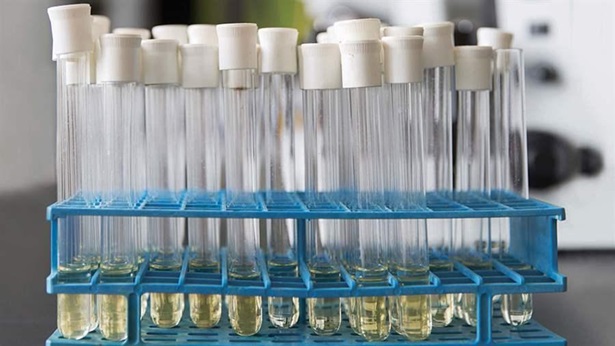
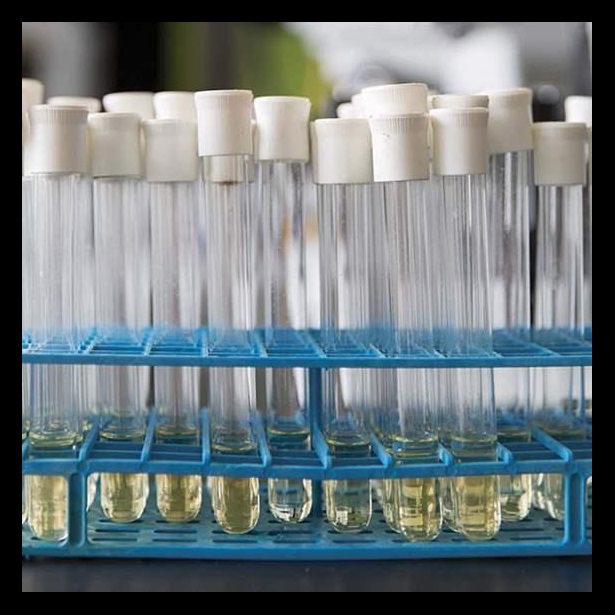
A Scientific Roadmap for Antibiotics
A sustained and robust pipeline of new antibacterial drugs and therapies is critical to preserve public health
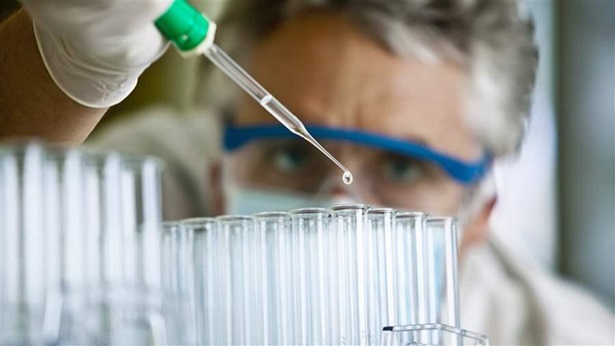
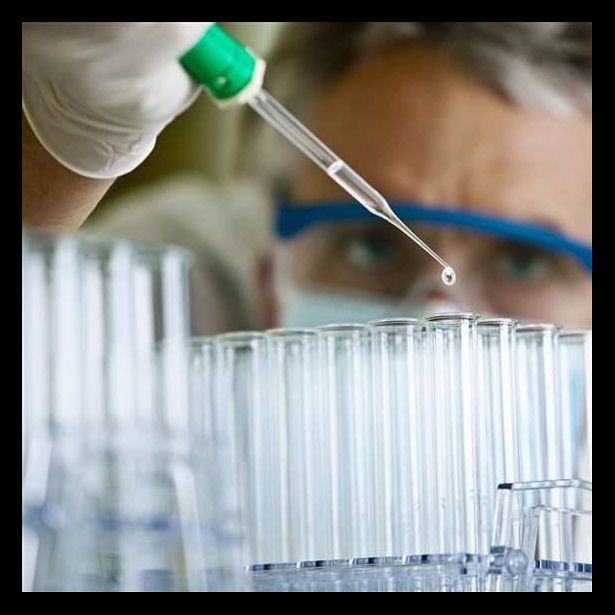
Why Can’t We Find New Antibiotics?
Research gaps lead to dearth of much needed drugs









